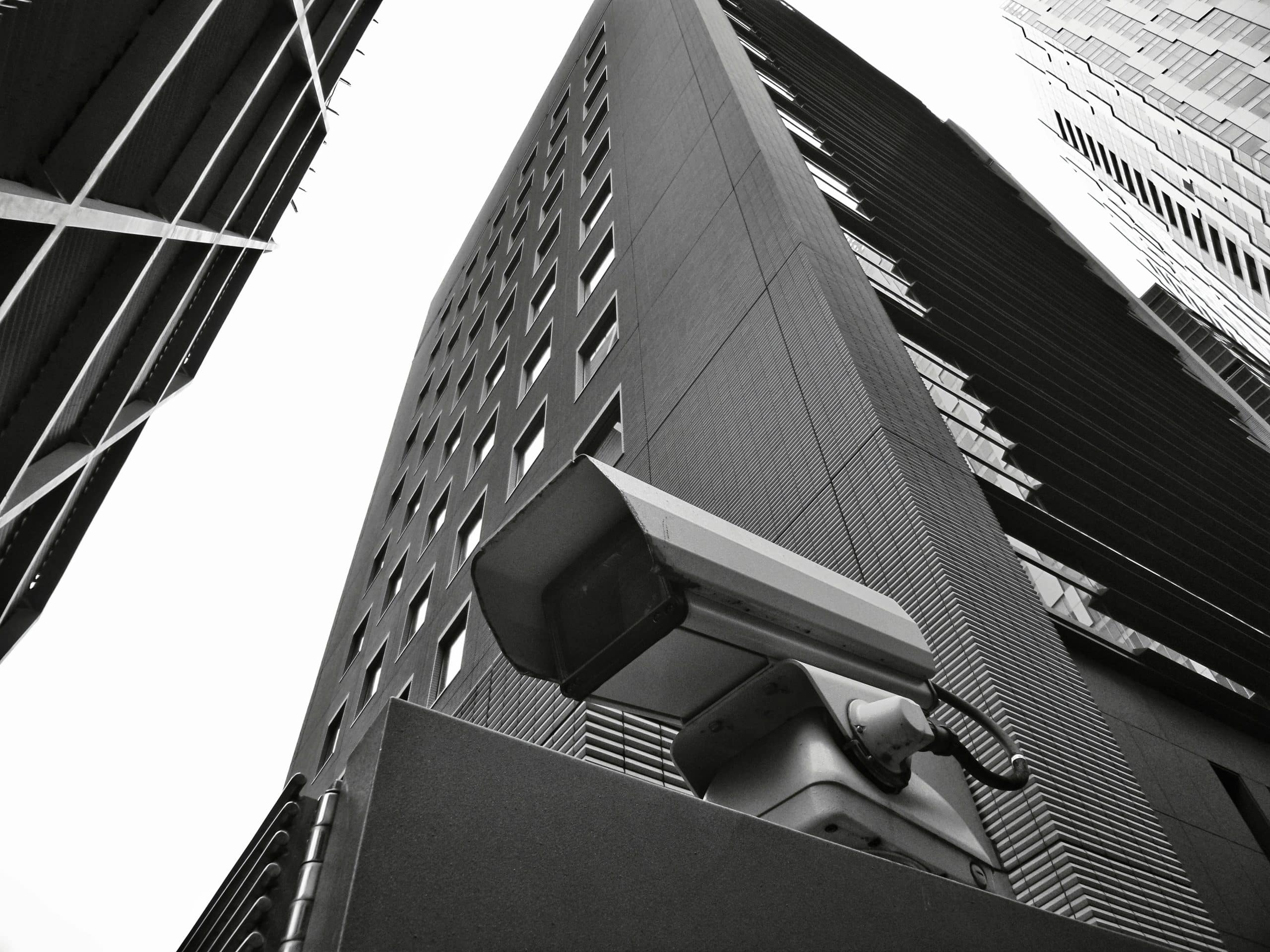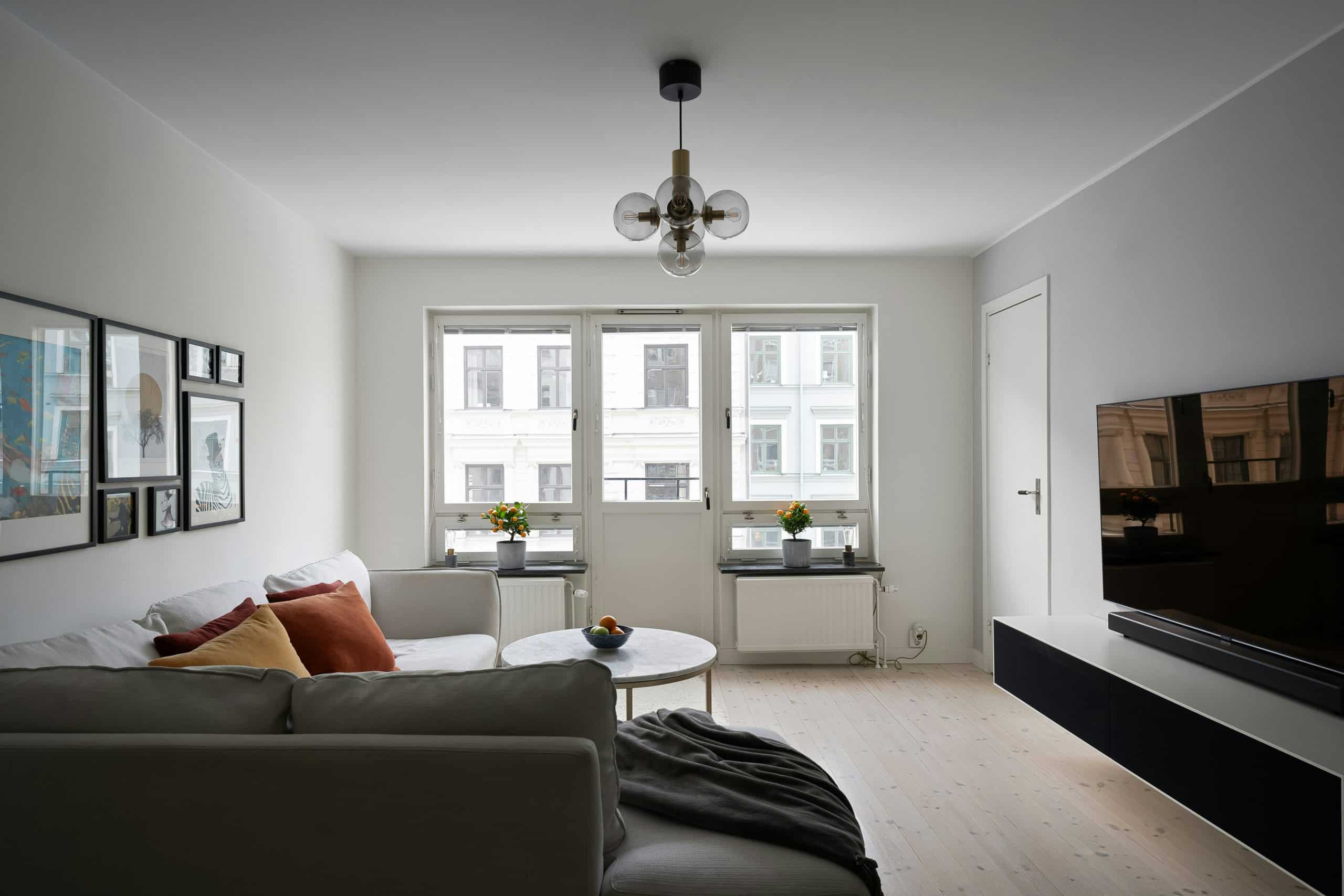The use of video surveillance systems, such as security cameras in the workplace, has increased significantly in recent years. While their main purpose is to enhance security on the premises, more and more companies are also using them as a tool for organisational control, performance monitoring and the prevention of internal conflicts.
However, the implementation of these systems raises significant legal and ethical challenges, especially regarding the protection of fundamental workers’ rights, such as the right to privacy and the protection of personal data.
This article analyses the current legal framework applicable to workplace video surveillance, which includes the General Data Protection Regulation (GDPR), the Organic Law on Data Protection and Guarantee of Digital Rights (LOPDGDD), and the Workers’ Statute. It also addresses key issues such as the legality of audio recording, camera placement restrictions, and the obligations related to the processing, retention and access to recordings.
The aim is to provide a clear and up-to-date overview to help companies and professionals act with legal certainty, protecting both organisational interests and employees’ rights.
Is it legal to install cameras in the workplace?
Yes, but with nuances. The law allows the installation of video surveillance cameras in the workplace as long as fundamental workers’ rights are respected, especially the right to privacy.
Article 20.3 of the Workers’ Statute states that the employer may adopt control measures to verify compliance with work duties, provided that such measures respect the worker’s dignity.
Furthermore, the General Data Protection Regulation (GDPR) and the Organic Law on Data Protection and Guarantee of Digital Rights (LOPDGDD) are clear: the use of such technologies must be proportionate, justified and transparent.
Legitimate purposes and clear limitations
Security and work control
Video surveillance may be used to:
- Protect individuals, property and facilities.
- Monitor compliance with work duties.
- Detect irregularities or inappropriate behaviour.
Prohibited areas
It is strictly forbidden to install cameras in areas intended for rest or privacy, such as: toilets, changing rooms, dining areas, lockers or break rooms.
Failure to comply with this rule may result in administrative penalties or even criminal liability.
Providing notice is mandatory
The regulations require employees to be clearly and proactively informed about the existence of a video surveillance system. To that end:
- Visible signage must be placed in monitored areas.
- The data controller responsible for the recordings must be identified.
- Employees must be informed about the purpose of the surveillance, their rights, and how to exercise them.
Additionally, the system must be recorded in the company’s record of processing activities.
Retention and access to recordings
The images captured may only be retained for a maximum of one month, unless there are signs of criminal activity or it is necessary to retain them for an internal investigation.
Access to recordings must be restricted to authorised personnel, and under no circumstances may they be disseminated or used for purposes other than those declared.
Is it legal to record audio in the workplace?
The answer is yes, but only in exceptional cases. Audio recording involves greater interference with workers’ privacy, as it may capture personal conversations, business strategies or sensitive information.
The Spanish Data Protection Agency (AEPD) establishes that audio recording in the workplace:
- Is only permitted for specific security reasons.
- Requires the employee’s explicit and informed consent.
- Needs a prior Data Protection Impact Assessment.
- Must ensure data minimisation and transparency in processing.
Video surveillance and cases of workplace harassment
What happens if a camera captures a situation of harassment at work?
In such cases, the company must act responsibly:
The footage must be reviewed by authorised personnel and handled confidentially.
Retention must be limited to what is necessary for the investigation or to serve as evidence in legal proceedings.
It is essential to have internal protocols defining how to respond in these situations.
Reporting the misuse of cameras
If an employee believes that video surveillance systems are being misused or applied unlawfully, they may:
File a complaint with the Spanish Data Protection Agency (AEPD).
Report the situation to the Labour Inspectorate.
Contact the company’s Data Protection Officer (if there is one).
Best practices for responsible video surveillance
To comply with the regulations and avoid conflict, companies should:
- Justify installation with a specific and legitimate purpose.
- Avoid sensitive or rest areas.
- Provide proper information to employees.
- Minimise data processing by using technologies such as privacy masks.
- Retain recordings only for as long as necessary.
- Restrict access to authorised personnel.
- Regularly assess the proportionality and effectiveness of the system.
Video surveillance in the workplace can be a very useful tool to strengthen security and ensure proper employee performance. However, its implementation must be carried out responsibly and transparently, always respecting workers’ fundamental rights.
The key lies in balance: protecting without intruding, monitoring without excessive surveillance, and using technology without turning the workplace into a hostile or distrustful environment.
Companies, employees and data protection officers must work together to build safe, ethical and respectful work environments.
If you need legal advice in the field of employment law, do not hesitate to contact Blegal. We’ll be happy to help you with any questions or situations related to your employment rights and obligations.
Photo by Possessed Photography on Unsplash




